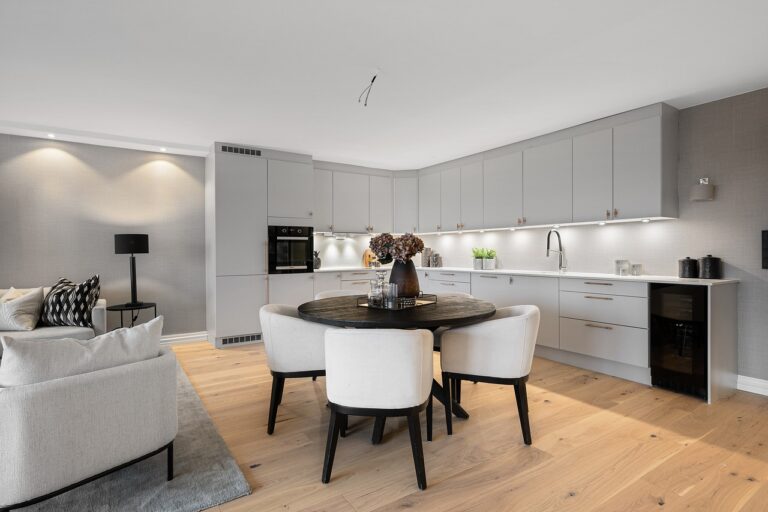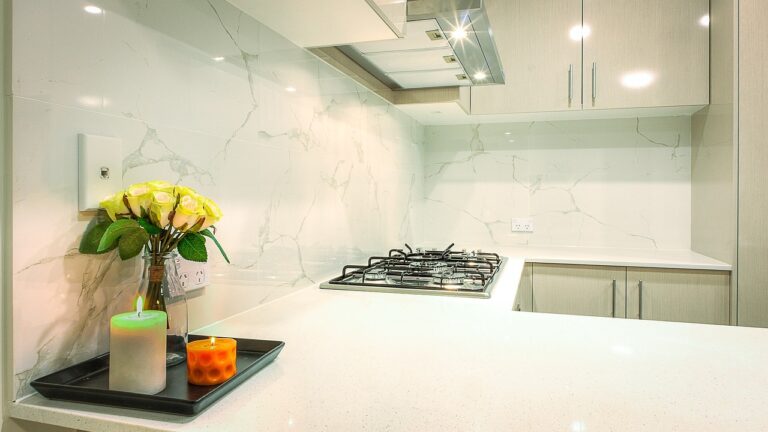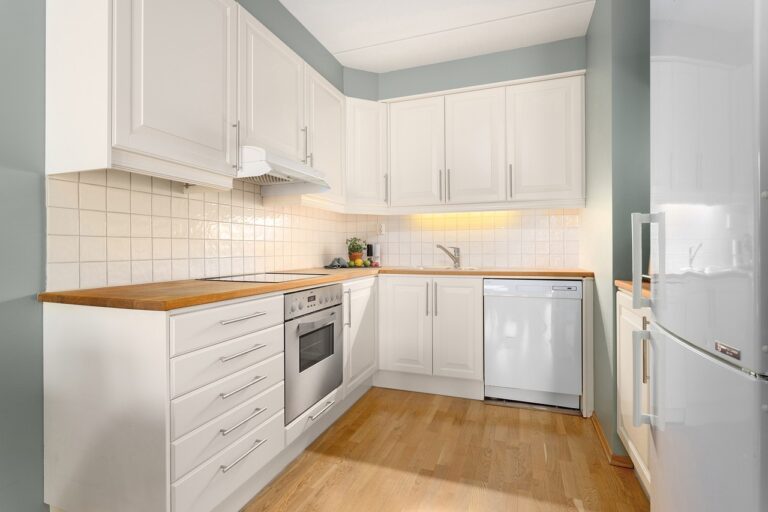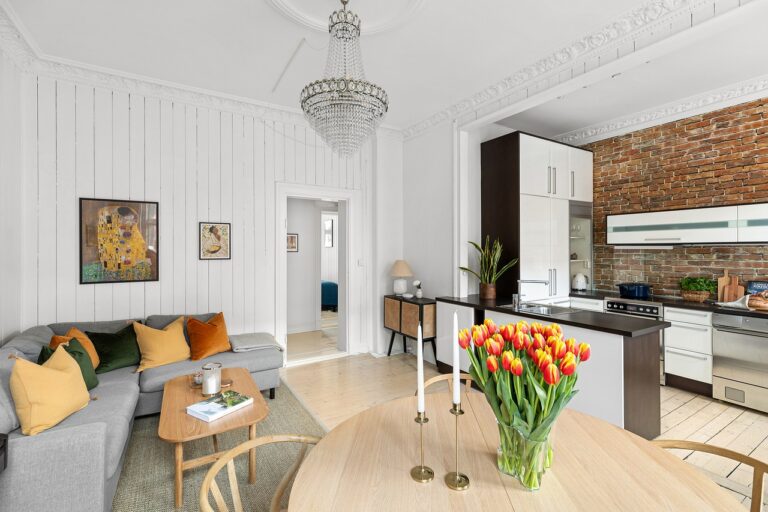The Art of Choosing the Right Paint Colors for Your Home
When it comes to transforming a room, paint colors play a crucial role in setting the mood and atmosphere. The right choice of colors can make a small room feel more spacious, bring in warmth to a cold space, or create a serene environment for relaxation. By selecting the appropriate shades and combinations, you can completely change the look and feel of a room without undertaking a major renovation.
Bold and vibrant colors can add personality and energy to a room, making it feel lively and dynamic. On the other hand, soft and muted hues can create a sense of tranquility and coziness, perfect for bedrooms or reading nooks. By understanding the impact of different colors on our emotions and perceptions, we can use this knowledge to tailor the ambiance of each room in our homes to suit our desired mood and function.
Factors to Consider When Choosing Paint Colors
When choosing paint colors for a room, it’s crucial to consider the natural lighting that the space receives. The amount and direction of light can significantly impact how the colors appear. Rooms with ample natural light can handle darker hues without feeling cramped, while rooms with limited light may benefit from lighter and brighter colors to create a sense of openness.
Another essential factor to keep in mind is the existing furniture and decor in the room. Consider the colors of your furnishings and how they will complement or clash with the chosen paint colors. Harmonizing the paint colors with the existing elements in the space can create a cohesive and visually pleasing environment.
Understanding Color Theory
When it comes to understanding color theory, it is essential to grasp the basics of the color wheel. The color wheel is divided into primary colors (red, blue, yellow), secondary colors (orange, green, purple), and tertiary colors, which are created by mixing primary and secondary colors. Understanding the relationship between these colors is crucial in choosing complementary or contrasting shades for your interior spaces.
Additionally, different colors evoke various emotions and can impact the mood of a room. For instance, warm colors like red and orange are known to create a cozy and inviting atmosphere, while cool colors such as blue and green can promote a sense of calm and relaxation. By considering these factors, you can effectively use color theory to transform your living spaces and create the ambiance you desire.
• The color wheel is divided into primary, secondary, and tertiary colors
• Primary colors: red, blue, yellow
• Secondary colors: orange, green, purple
• Tertiary colors are created by mixing primary and secondary colors
• Different colors evoke various emotions
• Warm colors like red and orange create a cozy atmosphere
• Cool colors such as blue and green promote calmness
By understanding the basics of the color wheel and how different shades can impact mood, you can effectively use color theory to enhance your living spaces.
What is color theory?
Color theory is a set of principles that explains how colors interact with each other, and how they can be used to create visually appealing combinations.
How can paint colors transform a room?
Paint colors can completely change the mood and feel of a room. Lighter colors can make a room feel larger and more open, while darker colors can create a cozy and intimate atmosphere.
What factors should I consider when choosing paint colors?
When choosing paint colors, you should consider factors such as the size and shape of the room, the amount of natural light it receives, and the overall style you want to achieve.
How can I use color theory to choose the right paint colors?
By understanding color theory, you can create harmonious color schemes that complement each other and create a cohesive look in your room. This can involve using complementary colors, analogous colors, or monochromatic schemes.







